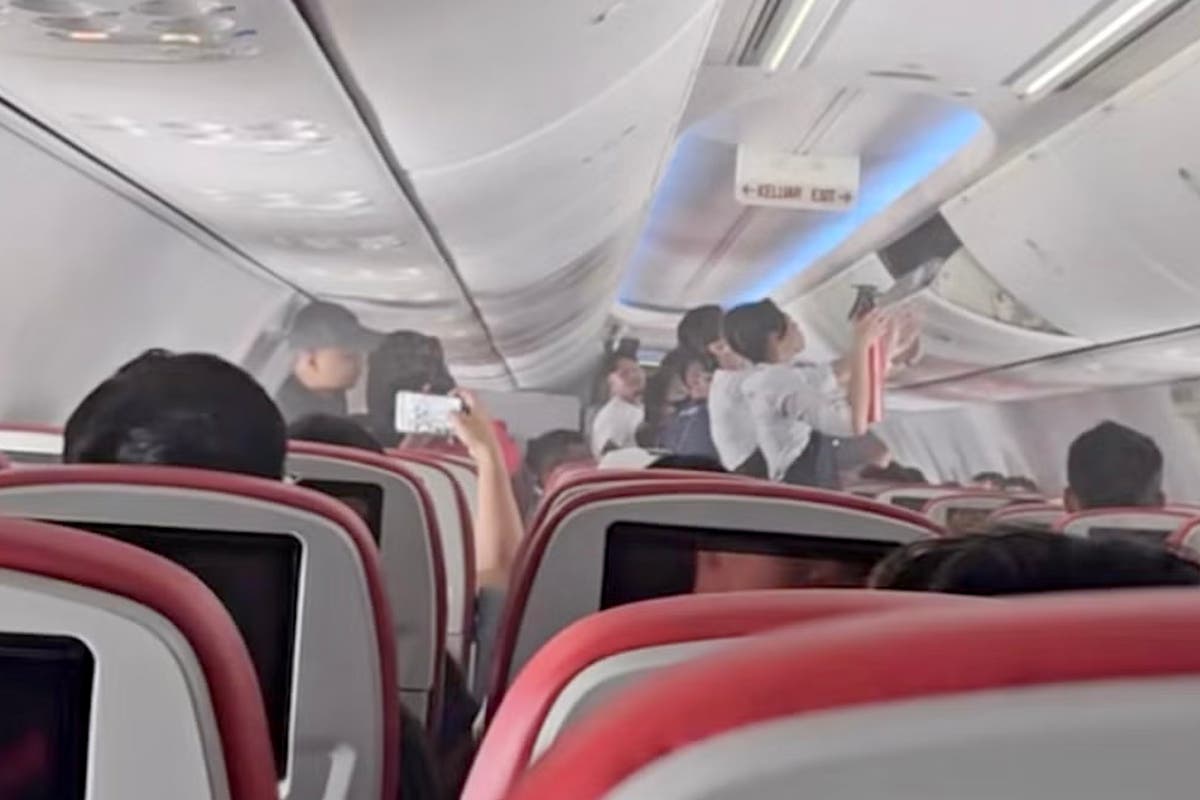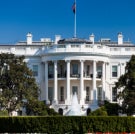
A Hong Kong Airlines flight from Hangzhou in China on 20 March was forced to make an emergency landing in Fujian after a fire erupted in an overhead compartment.
It was just the latest fire on an aircraft suspected to have been caused by a portable charging device, also known as a power bank. A spate of such incidents of late has caused significant safety concerns in the aviation industry and led airlines as well as regulators to implement stricter regulations.
Airlines across South Korea and carriers in Taiwan, Thailand and Singapore, have implemented new regulations to enhance safety.
The 20 March incident prompted the Hong Kong Civil Aviation Department to ban passengers from using power banks on flights starting 7 April.
Passengers would still be allowed to take power banks in carry-on luggage, the department added, but they must keep the devices under seats or in seat pockets and not in overhead compartments. “Passengers are advised to check with relevant airlines on the latest regulations before their flight.”
“We recognise the importance of continuous improvement in aviation safety and support measures to reduce risks associated with the use of lithium battery-powered devices,” Cathay Pacific said. “Cathay will fully comply with the regulations.”
Starting 1 March, South Korea implemented stricter rules on carrying portable batteries on flights following a fire on an Air Busan plane on 28 January. The incident had occurred as the flight was preparing to depart the Gimhae airport in southern South Korea for Hong Kong.
The revised rules state that a passenger can carry a maximum of five portable batteries, each with a capacity of up to 100 watt hours. Batteries exceeding 160 watt hours in capacity are strictly prohibited.
Security checks now involve verifying the number and type of batteries passengers want to bring onboard while charging power banks on flights is no longer allowed, according to the transport ministry.
In line with a similar policy adopted by Air Busan, the new rules also ban storing of power banks or e-cigarettes in overhead cabin bins.
The ministry says the rules are aimed at mitigating risks from portable battery fires, though the exact cause of the Air Busan fire is yet to be determined. According to the airline, a flight attendant first noticed the fire in an overhead luggage bin at the rear of the plane.
Earlier this month, a Batik Air flight filled with smoke from a burning power bank shortly before landing in Bangkok, causing panic among passengers. Footage posted on social media showed smoke spreading from an overhead luggage compartment and flight attendants working to locate the source and extinguish the fire.
Global aviation standards prohibit placing batteries in checked-in luggage as they can ignite severe fires if they short-circuit due to damage or manufacturing defects.
South Korean airlines such as Korean Air and Asiana Airlines now prohibit passengers from checking in lithium-ion batteries. According to updated rules from the transport ministry, such batteries must be covered with tape or placed in plastic bags to prevent contact with metal.
Taiwan’s EVA Airways similarly bans the use and charging of power banks and spare lithium batteries on flights. Passengers, though, can carry them in their hand luggage if they are “properly stored to prevent compression or damage”.
The same rules apply on China Airlines flights departing from the Incheon airport in South Korea. “The ports of power banks should be covered with insulating tape or protective covers or placed in transparent zip-lock bags or protective pouches and carried on person or placed in the seat pocket in front,” the airline said in an updated travel advisory on 27 February.
Thai Airways and Air Asia are implementing similar regulations since 15 March. Singapore Airlines banned the use of portable batteries on flights from 1 April.
The Civil Aviation Authority of Thailand says that power banks remain prohibited in checked-in luggage. Similar to the Hong Kong ban, however, these devices are still allowed in the cabin but cannot be used during the flight.
Sonya Brown, senior lecturer in aerospace design at the University of New South Wales, Australia, said lithium-ion batteries used in power banks contained materials that were highly reactive and flammable.
“Lithium batteries could act as an ignition source themselves, or as a source of fuel for a fire initiated elsewhere,” she told CNN.
“The potential risk as an ignition source is increased when lithium batteries are damaged, swollen, include manufacturing defects, are overcharged or overheated.”
Lo Kok Keung, a veteran mechanical engineer and former lecturer at Polytechnic University, supported the new measures and told the South China Morning Post that even stricter steps should be considered.
“It would be best if there could be a blanket ban on bringing any portable power banks on a flight. They are like a time bomb, but no one knows when it will explode,” Mr Lo said. “A power bank is not an essential accessory. You do not need to charge your phone during the flight if you had charged it fully before boarding. Even when you are travelling overseas, you can charge up your phone or devices in the hotel. There is no need for you to bring a portable power bank with you to travel.”
To stay safe, experts suggest that passengers check their airline’s specific policies on power banks to ensure compliance and keep them in carry-on baggage – preferably on their person rather than in overhead compartments – and avoid using them to charge devices during flights unless explicitly permitted by the airline.
Source: independent.co.uk


